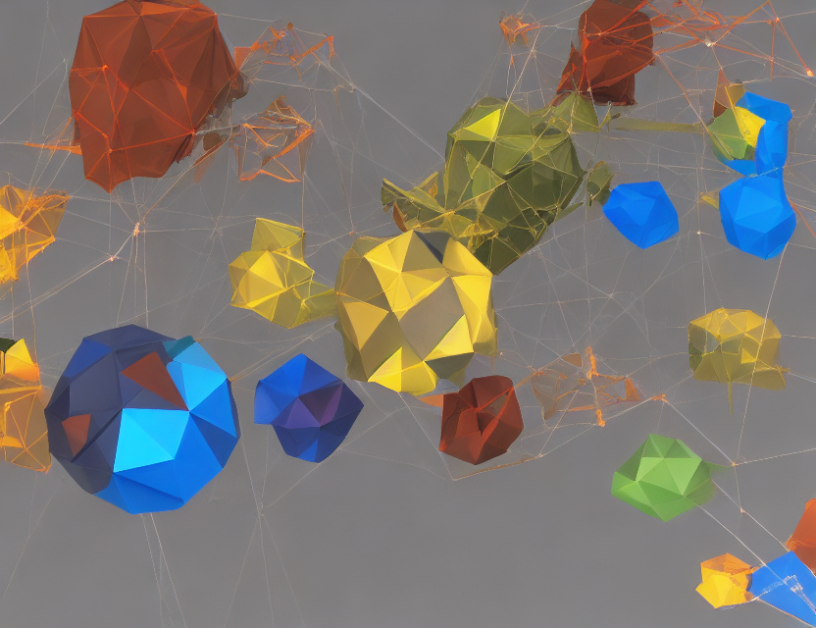In this article, we explore the potential of Augmented Reality (AR) in enhancing physics learning. We examined 67 research articles published between 2012 and 2023 to identify the cognitive competencies and limitations of using AR in physics education. Our findings suggest that AR can help students develop problem-solving skills, visualize complex concepts, and engage in interactive learning experiences. However, we also found that some studies reported limitations such as a lack of clear objectives, excessive cognitive load, and potential distractions caused by the AR technology itself.
Cognitive Competencies
AR can enhance physics learning by promoting problem-solving skills through interactive activities (a). For instance, AR-based simulations can help students visualize complex concepts such as gravitational forces or electromagnetic waves in a more intuitive manner than traditional lectures. Additionally, AR can facilitate the development of spatial reasoning and visualization abilities, which are crucial for understanding physics concepts.
Limitations
Despite the potential benefits of AR, some limitations were identified in the studies reviewed. One limitation is the lack of clear objectives in AR-based learning activities (b). Without well-defined learning goals, students may not fully engage with the content or understand the physics concepts being taught. Another limitation is the excessive cognitive load associated with using AR technology, which can distract students from the learning process and impede their ability to retain information (c).
Conclusion
In conclusion, our review suggests that AR has the potential to revolutionize physics education by providing interactive and immersive learning experiences. However, it is essential to address the limitations identified in our study to ensure that AR-based learning activities are effective and efficient. By carefully designing AR-based learning activities with clear objectives, minimizing cognitive load, and using appropriate metaphors or analogies, we can demystify complex physics concepts and promote deeper understanding among students.



